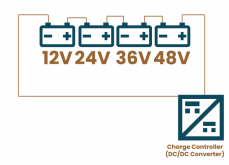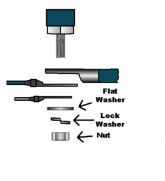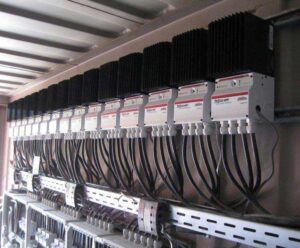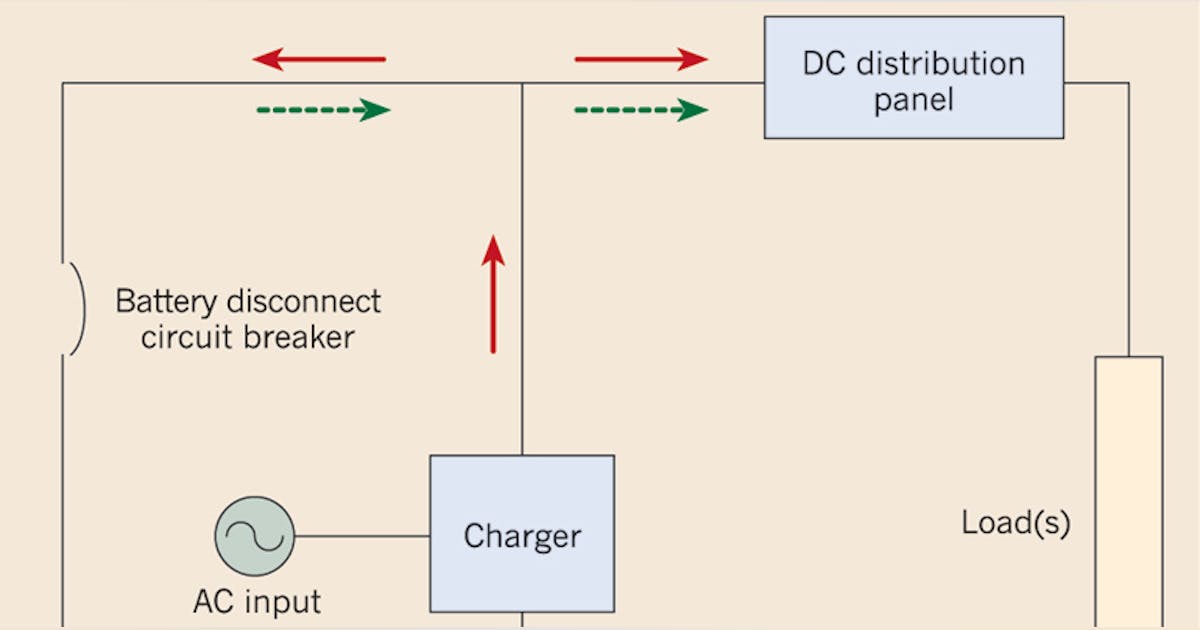There has been some deviation from the original query, which I am happy for, and as long as it has, I'd like to continue my knowledge quest for isolating the battery bank, it's fusing, and the appropriate wiring thereof.
I got my MidNite Solar Combiner Box yesterday and the installation instructions states an interesting fact pertaining to fusing. Specifically referring to out of the Charge Controller(s). "...and out of the controller to an output breaker. The main job of this output breaker is to trip when and if there is a catastrophic failure. When a charge controller fails, they always short from positive output to negative output. Since these two terminals inside the charge controller are normally connected to a very large battery bank, you have a direct short across the battery bank if the controller fails. During this condition, the controller is acting like a piece of wire. The battery positive terminal is the highest potential! Make sure that the plus (line) of the breaker is connected to the battery plus terminal. If the breaker is connected backwards, it can fuse in the closed position as it attempts to open. That could ruin your day!" It goes on to say, referring to fuses (breakers), that "These devices are not polarity sensitive, but do not open them under load. You WILL have a fire on your hands!"
The latter is an interesting fact that I'm glad I learned about. The former tells me that I should install a breaker after the charge controllers, not after the battery bank as I first assumed. Because, if I interpret the information correctly, in the event of a not-very-common catastrophic failure of the charge controller, it could take out my battery bank, or perhaps worse.
With that said, there's still the question of the size of the breakers between the charge controllers and the battery bank. In another thread of mine it has been determined that the 2 charge controllers will will feed the battery bank "60 amps @ 50 something volts". But since I have differing voltages and amps for each controller, I would need to figure out the separate output amps of each charge controller, multiply the max output amps by 1.5 and use that size breaker, correct? Do I have that right?
As far as other breakers in the system, I should be getting my inverter sometime next week. I'm hoping the information enclosed within will shed some light on that. Thank you all again for the help. This is a wonderful forum with wonderful people whose knowledge is invaluable!






